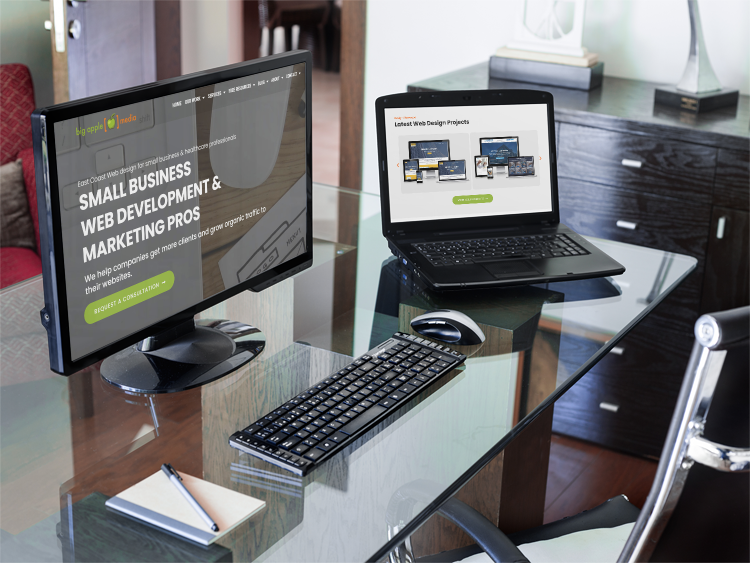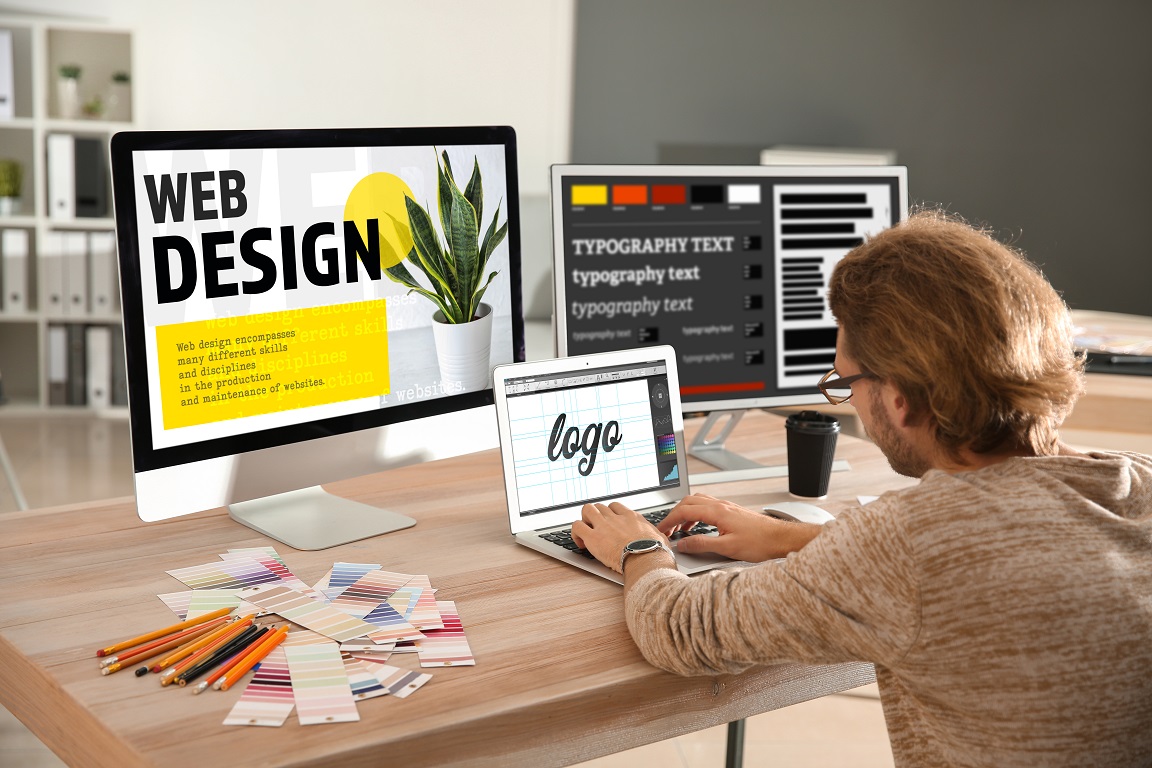Why Holistic Website Design Is the Key to a Seamless Customer Experience
In today's digital landscape, the importance of alternative internet layout can not be overemphasized, as it elaborately weaves with each other appearances, functionality, and functionality to develop a seamless customer experience. By adopting a detailed strategy that prioritizes user demands and leverages feedback, designers can boost the general communication with their platforms.
Comprehending Holistic Website Design
Holistic web design incorporates an extensive method that considers every aspect of the user experience. This technique incorporates different aspects, consisting of aesthetics, performance, material, and usability, to create a seamless communication in between the customer and the digital platform. By prioritizing the user's trip, holistic design seeks to align the web site's structure and content with the requirements and expectations of its target market.

Furthermore, the combination of responsive design concepts is vital in suiting different devices and screen sizes, better improving the individual experience. By understanding the interconnectedness of these parts, developers can produce websites that not just bring in yet likewise maintain users, eventually driving engagement and conversions. All natural website design is, as a result, a tactical strategy that cultivates a purposeful relationship in between individuals and electronic spaces, leading the way for sustainable on-line success.

Secret Elements of Holistic Style
An effective holistic style strategy integrates numerous vital components that operate in harmony to improve individual experience. One such component is user-centered design, which highlights understanding customers' demands, choices, and behaviors. web design consulting services. By conducting comprehensive research study and functionality testing, developers can create tailored services that reverberate with the target audience
An additional vital component is consistency in visual and practical aspects across the internet site. This includes maintaining a cohesive color scheme, typography, and format, which assists users navigate the website intuitively. Additionally, receptive style is crucial, guaranteeing that the site carries out efficiently across different tools and display sizes.

Accessibility is additionally an important component of holistic layout. By sticking to ease of access standards, designers can produce comprehensive experiences that satisfy varied user groups, including those with impairments. In addition, the combination of content technique makes certain that valuable information is offered clearly and succinctly, improving comprehension and interaction.

Benefits of a Smooth Experience
Producing a smooth individual experience supplies countless benefits that significantly enhance total satisfaction and interaction. At its core, a smooth experience fosters a sense of simplicity and intuitiveness, allowing users to navigate an internet site or application easily. This reduction in rubbing not just enhances the chance of customers returning yet likewise enhances their willingness to advise the platform to others.
Moreover, a seamless experience leads to improved conversion rates. When customers discover what they need with marginal initiative, they are more inclined to finish preferred actions, such as purchasing or enrolling in a newsletter. This efficiency equates into greater client retention, as pleased customers are discover here more probable to end up being loyal advocates for the brand name.
Additionally, a cohesive and smooth user interface minimizes cognitive lots, enabling customers to concentrate on material instead of struggling with navigation or layout inconsistencies (web design consulting services). This clearness not only improves user contentment but additionally strengthens brand name reputation. Eventually, prioritizing a smooth customer experience causes a competitive benefit, as organizations that purchase this element are better positioned to fulfill the evolving expectations of their target market and drive long-lasting success
Carrying Out Holistic Approaches
To achieve a truly seamless individual experience, companies have to take on alternative strategies that take into consideration every aspect of style and functionality. This approach starts with a linked vision that aligns team participants throughout various disciplines, including UX/UI style, content development, and technical application. Reliable cooperation cultivates a common understanding of user requirements and purposes, allowing for more meaningful design options.
Following, it is essential to produce customer characters and journey maps that show the diverse demographics and habits of the target audience. By empathizing with individuals' viewpoints, companies can anticipate difficulties and enhance interactions throughout the digital experience.
Additionally, constant branding and messaging must permeate every touchpoint, making certain a well-known and credible presence that enhances customer involvement. Integrating responsive design concepts is additionally crucial, as customers currently engage with web their website content throughout numerous devices.
Moreover, organizations need to prioritize ease of access, ensuring that all individuals, no matter of ability, can browse and take advantage of their digital offerings. By embedding these all natural methods into the layout process, organizations can create a cohesive and satisfying user experience that advertises complete satisfaction and loyalty.
Measuring User Experience Success
While accomplishing an alternative strategy to web design is necessary, determining customer experience success is equally important to guarantee that style methods successfully meet individual requirements. This calls for a mix of qualitative and measurable metrics to get a detailed understanding of user communications and fulfillment degrees.
Secret performance signs (KPIs) such as individual interaction, conversion prices, and bounce rates give beneficial measurable understandings. For instance, a high conversion rate may suggest that customers find the design intuitive and engaging. On the other hand, raised bounce prices can signify that customers are disgruntled or baffled, necessitating a reevaluation of the layout aspects.
Qualitative measures, including user feedback, surveys, and usability testing, are essential for obtaining much deeper insights into the customer experience. Examining individual comments can expose pain factors and locations for renovation, while functionality tests allow designers to observe visit this website real-time interactions and identify barriers customers encounter.
Eventually, the integration of these dimension techniques permits continuous refinement of internet style, guaranteeing it stays user-centered and effective in supplying a seamless experience. Consistently revisiting these metrics will enable developers to adapt to developing customer demands and choices, strengthening the general success of an all natural website design method.
Conclusion
In final thought, alternative internet layout arises as a basic strategy to achieving a seamless user experience. By integrating visual appeals, functionality, and use, this design ideology addresses varied user needs and preferences.